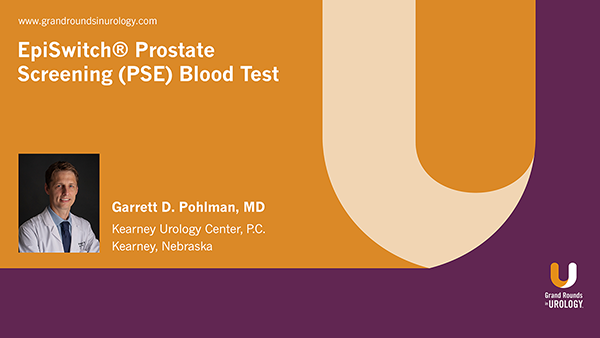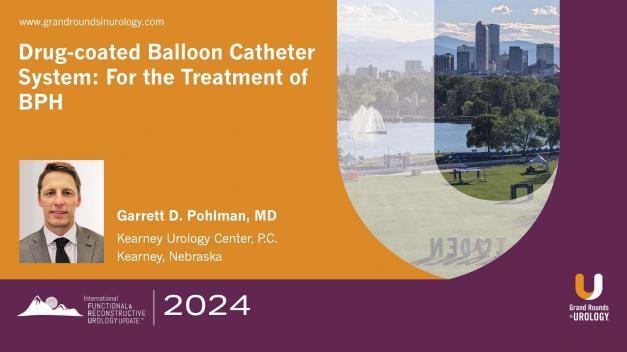Micro Ultrasound and MRI of the Prostate
Gerald L. Andriole, Jr., MD, is the global Chief Medical Officer at Prostatype Genomics. He previously was Professor and Director of Urology in the National Capital Region at the Brady Urologic Institute at Johns Hopkins University. Throughout this 13-minute presentation, Dr. Andriole underscores the importance of staying abreast of technological advancements in urology, as they can transform prostate cancer care.
Read More




